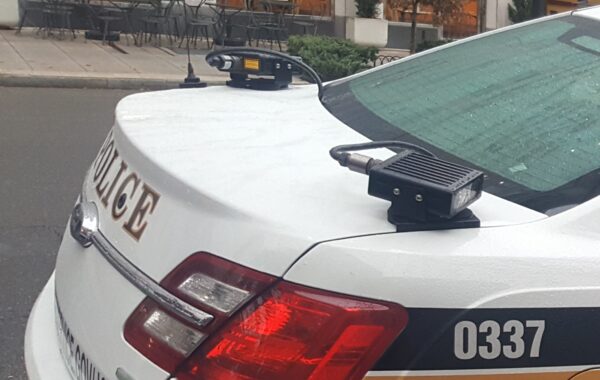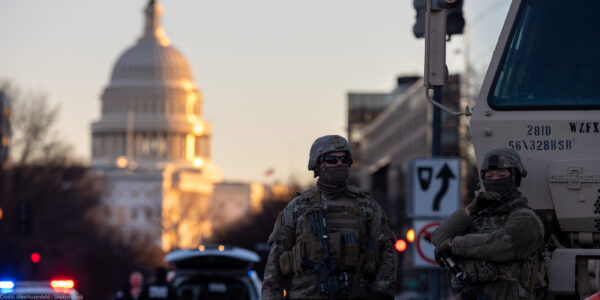
The most important parts of the drone memo are the parts you can’t see.
The memo, released by a federal court on Monday in response to lawsuits filed by the ≥‘πœ÷±≤• and The New York Times, addresses the government‚Äôs authority to carry out ‚Äútargeted killings‚Äù of American terrorism suspects. Written in the summer of 2010 by the Obama administration‚Äôs Office of Legal Counsel, the memo supplied the legal basis for the government‚Äôs premeditated killing of Anwar al-Awlaki, an American, in the fall of 2011.
The memo sets out a legal argument based on stipulated facts – that is, based on facts assumed to be true. Al-Awlaki was a leader of a group “in league with” Al-Qaida, the memo says. The group had a “significant and organized presence” in Yemen, from which it was planning attacks against the United States. Al-Awlaki himself presented a threat that was “continuing and imminent.” Killing him was feasible, but capturing him was not.
Once these facts are assumed, the memo’s ultimate conclusion – if not its legal analysis – follows inevitably. How could it not? No government would disclaim the authority to use force as a last resort against a serious threat that was truly imminent.
But even if we assume, against the evidence, that the memo is using words like “imminence” and “feasible” in conventional ways, what assurance do we have that the facts the memo accepts as true were actually true? What assurance do we have that Al-Awlaki was who the memo says he was, and that he was doing what the memo says he did?


